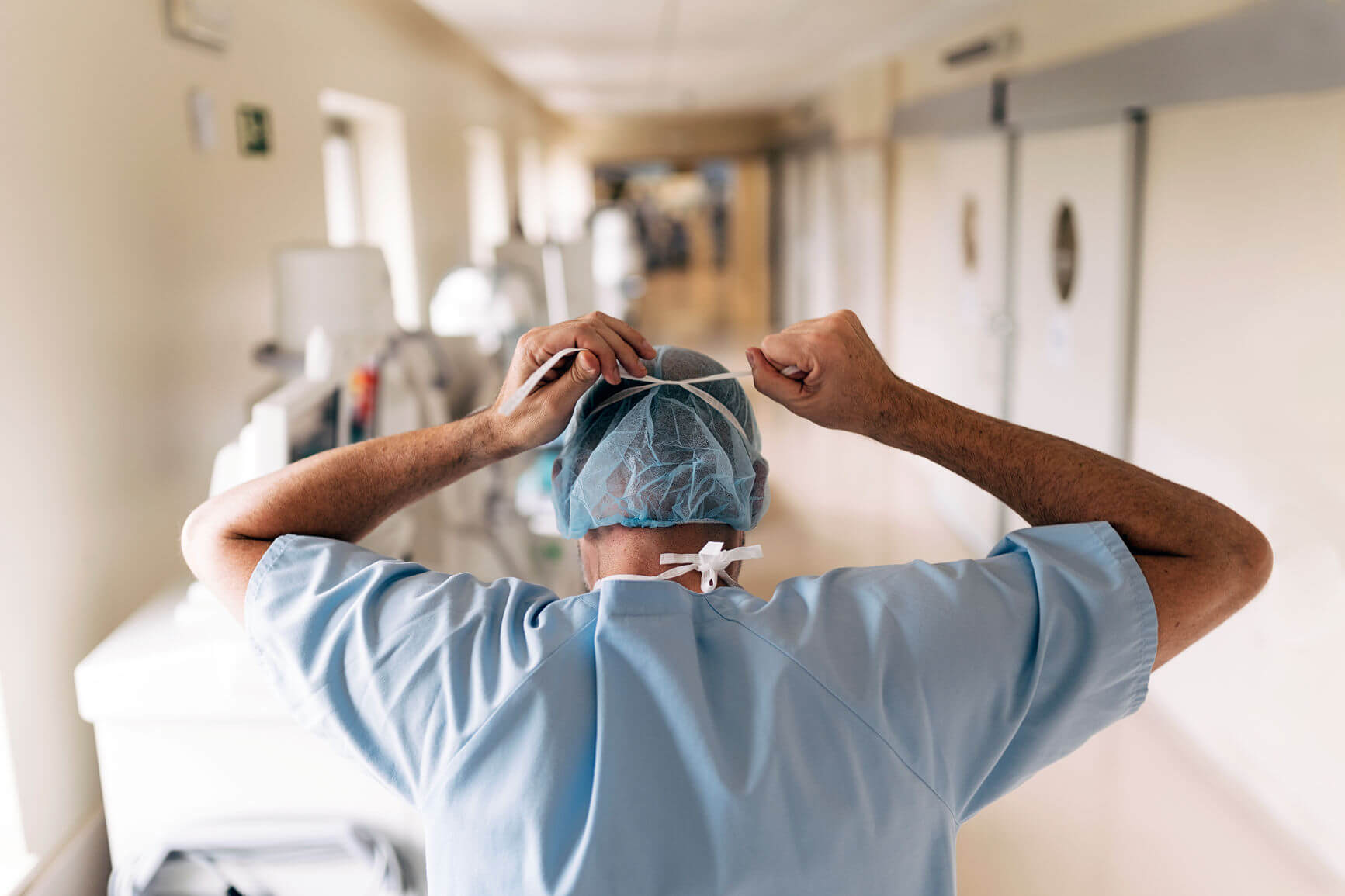The U.S. Department of Labor’s Occupational Safety and Health Administration (OSHA) has released guidance for the 2019 Novel Coronavirus (2019-nCov). OSHA notes that measures for protecting workers depend on the “the type of work being performed and exposure risk, including potential for interaction with infectious people and contamination of the work environment.” OSHA recommends that employers “adapt infection control strategies based on a thorough hazard assessment.”
Most U.S. Workers At Low Risk
OSHA indicates that most U.S. workers remain at low risk of exposure. “Employers and workers in operations where there is no specific exposure hazard should remain aware of the evolving outbreak situation. Changes in outbreak conditions may warrant additional precautions in some workplaces not currently highlighted in this guidance.”
Workers With Increased Risk
Despite this low risk, OSHA advises that workers in the following industries “remain aware of the evolving outbreak situation”:
- Healthcare (including pre-hospital and medical transport workers, healthcare providers, clinical laboratory personnel, and support staff).
- Deathcare (including coroners, medical examiners, and funeral directors).
- Laboratory.
- Airline.
- Border protection.
- Solid waste and wastewater management operations.
- International travel to areas with ongoing, person-to-person transmission of 2019-nCoV.
OSHA reminds employers that its standards, including the standards for personal protective equipment and respiratory protection, require employers to assess the hazards to which their workers may be exposed. OSHA notes that potential employee exposure may come not only from a person infected with 2019-nCov but also “environments (e.g., worksites) or materials (e.g., laboratory samples, waste) contaminated with the virus.”
How to Handle Suspected Cases
In its guidance, OSHA recommends that in workplaces where exposure to the 2019-nCov may occur, employers take the following actions:
- prompt identification and isolation of potentially infectious individuals is a critical first step in protecting workers, visitors, and others at the worksite.
- Immediately isolate people suspected of having 2019-nCoV. For example, move potentially infectious people to isolation rooms and close the doors. On an aircraft, move potentially infectious people to seats away from passengers and crew, if possible and without compromising aviation safety. In other worksites, move potentially infectious people to a location away from workers, customers, and other visitors.
- Take steps to limit spread of the person’s infectious respiratory secretions, including by providing them a facemask and asking them to wear it, if they can tolerate doing so. Note: A surgical mask on a patient or other sick person should not be confused with PPE for a worker; the mask acts to contain potentially infectious respiratory secretions at the source (i.e., the person’s nose and mouth).
- If possible, isolate people suspected of having 2019-nCoV separately from those with confirmed cases of the virus to prevent further transmission, including in screening, triage, or healthcare facilities.
- Restrict the number of personnel entering isolation areas, including the room of a patient with suspected/confirmed 2019-nCoV.
- Protect workers in close contact* with the sick person by using additional engineering and administrative control, safe work practices and PPE.
*The U.S. Centers for Disease Control and Prevention (CDC) defines “close contact” as being about six (6) feet (approximately two (2) meters) from an infected person or within the room or care area of an infected patient for a prolonged period while not wearing recommended PPE. Close contact also includes instances where there is direct contact with infectious secretions while not wearing recommended PPE. Close contact generally does not include brief interactions, such as walking past a person.
Decontamination
OSHA notes that “there is no evidence that the 2019-nCov is spread through environmental exposures, such as coming into contact with contaminated surfaces.” Nevertheless, OSHA acknowledges that “the transmissibility of 2019-nCoV from contaminated environmental surfaces and objects is not fully understood” and advises employers to “carefully evaluate whether or not work areas occupied by people suspected to have virus may have been contaminated and whether or not they need to be decontaminated in response.”
Training
OSHA advises employers to
[t]rain all workers with reasonably anticipated occupational exposure to 2019-nCoV . . . about the sources of exposure to the virus, the hazards associated with that exposure, and appropriate workplace protocols in place to prevent or reduce the likelihood of exposure. Training should include information about how to isolate individuals with suspected or confirmed 2019-nCoV or other infectious diseases, and how to report possible cases. Training must be offered during scheduled work times and at no cost to the employee.
Ogletree Deakins’ coronavirus team has covered various aspects of 2019-nCoV, including an overview of recent developments, tips from a workplace safety perspective, a reminder that national origin discrimination due to the virus is prohibited, and its effects on international employers.




